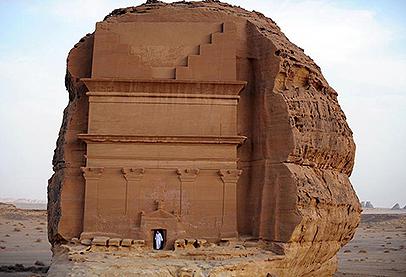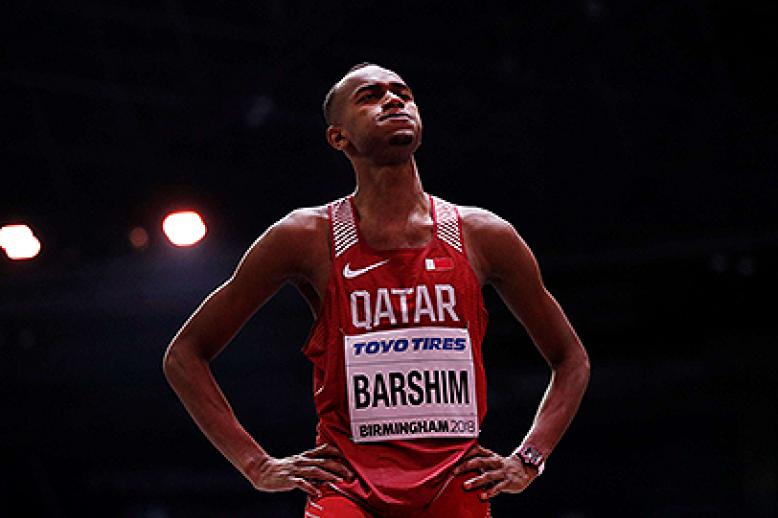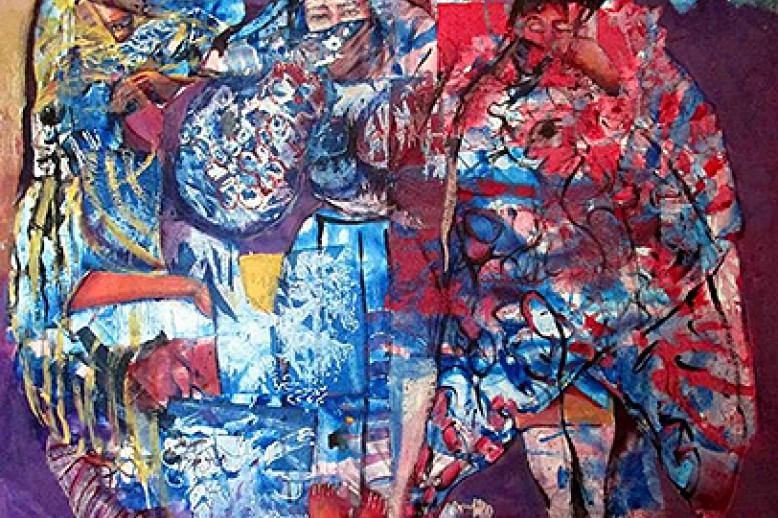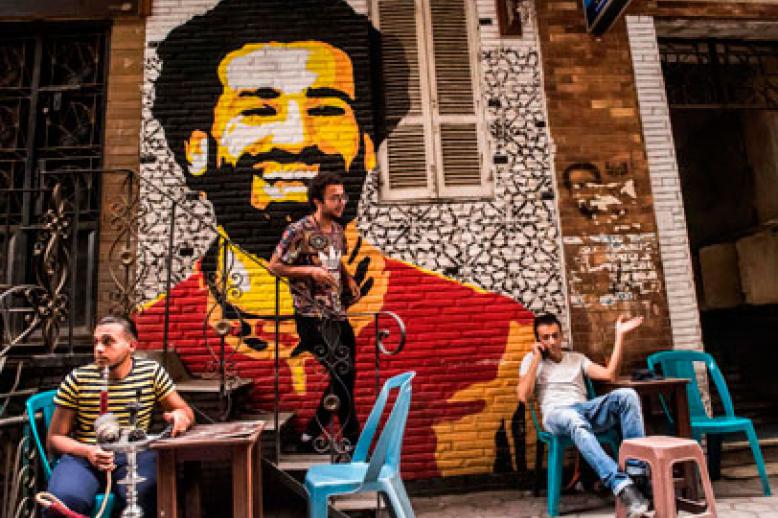What is not known about Saudi history and heritage

From archaeological treasures to historic cities, to traditional markets and ancient villages, Saudi Arabia has a lot to offer visitors. The kingdom boasts architectural treasures that are a lifeline to the past and a beautiful natural heritage, including virgin sands and clear blue water, that is largely untapped.
Tangible heritage in Saudi Arabia
Four Saudi archaeological sites are featured on UNESCO’s World Heritage List: Al Hijr (Madain Saleh), Al Dir’iya, the Rock Art of the Hail region and the Jeddah historic area.
Al Hijr, an ancient pre-Islamic archaeological site, contains numerous Maenean and Lihyanite inscriptions referencing Al Ula, Khoraiba and Hiania, towns that date to around 1700BC.
Al Dir’iya, historically viewed as an important national symbol in Saudi Arabia, emerged in the mid-18th century as the capital of the First Saudi State, the establishment of which constituted a turning point in the history of the Arabian Peninsula. Al Dir’iya was the capital of the first Saudi state until Imam Turki bin Abdullah designated Riyadh as his government’s new headquarters in 1824.
The Rock Art of the Hail region includes Jabal Umm Sinman at Jubbah and the Jabal al-Manjor and Raat at Shuwaymis, the largest and most significant archaeological sites in the country. They show numerous representations of human and animal figures over 10,000 years.
The Jeddah historical area, which dates to pre-Islamic times, is regarded as an important site across different civilisations. At the beginning of the Islamic era, in 647AD, the area was taken by Caliph Uthman bin Affan and used as the port of Mecca. Jeddah gained a reputation as one of the most important cities along the Red Sea coast and a gateway of the Two Holy Mosques.
The four sites on UNESCO’s World Heritage List are only the tip of the iceberg, however. The veil has yet to be lifted on many of the kingdom’s archaeological gems and there are numerous exploration projects under way.
In February, the kingdom announced that exploration teams were searching for ancient artefacts around the country.
“As many as 35 joint archaeological missions are bringing together Saudi archaeologists and others from around the world to search for undiscovered historical treasures,” Saudi Prince Sultan bin Salman bin Abdulaziz, chairman of the National Commission for Tourism and National Heritage, said. “Each time, more archaeological discoveries are made in Saudi Arabia, it grabs global attention.”
The latest discovery was a series of life-sized camel sculptures in the desert of the northern province of Al Jawf. Researchers estimated that the sculptures date back 2,000 years.
Intangible heritage in Saudi Arabia
Saudi Arabia has rich traditions that are rooted in Islamic teachings and Arab customs, which Saudi people begin learning at an early age from relatives and in schools.
Saudi arts, including music and dance, bear the hallmarks of Bedouins, nomadic Arab people who historically inhabited desert regions of the Arabian Peninsula. Saudi music varies from one region to another. In the Hijaz region, for instance, al-sihba folk music combines Arab poetry and Andalusian tunes. Folk music in Mecca and Medina incorporates local traditions as well as those of other Islamic countries.
While music draws on elements of various cultures, the national dance in Saudi Arabia, Ardha, is typically Saudi. It is an ancient tradition, originating in the central area known as Najd, performed as a dance with swords ahead of battle.
The dance is a central part of Saudi Arabia’s most famous cultural event, the annual Al-Jenadriyah heritage and cultural festival. Organised by the National Guard, the 2-week-long event highlights the kingdom’s commitment to preserving and displaying its rich, traditional culture and crafts.
While dance and music are celebrated and preserved, poetry is the kingdom’s most prized form of artistic expression. First passed down as an oral tradition by Bedouins, poetry evolved into a written literary form used to preserve people’s history, collective memory and social values. For ages, people gathered around poets telling tales of love, bravery, chivalry, war and history. This tradition has remained popular among Saudis, with it being celebrated and promoted at festivals and on national occasions.
The kingdom boasts a variety of popular heritage sports and activities that are centuries old, such as horse/camel racing and falconry. Beyond recreational, these activities are essential aspects of Saudi heritage and Bedouin culture and are passed on from generation to generation.
Iman Zayat is the Managing Editor of The Arab Weekly.
This article was originally published in The Arab Weekly.




